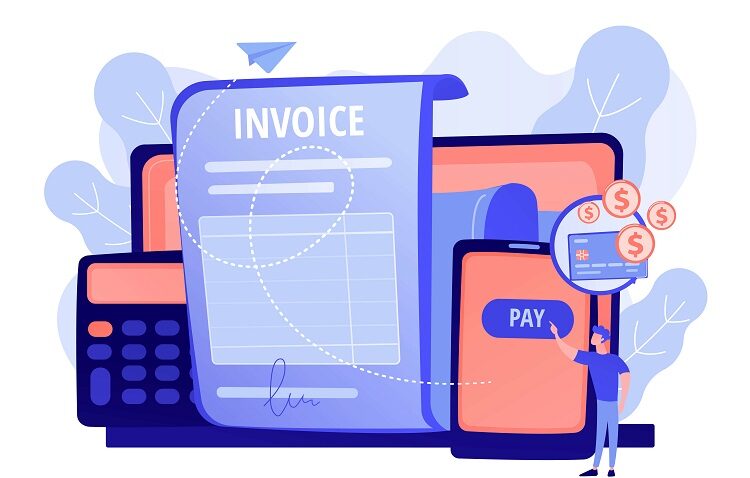
Getting your first client as a freelance writer can feel intimidating, but don’t let it deter you from pursuing this rewarding career path. There are tons of resources out there that can help you start your own business, whether you’re just looking to supplement your income or are trying to make it your full-time job. Check out this ultimate freelancing guide with some great tips and tricks to help you get started today.
Getting started with freelance design

If you have any design background, you can probably start freelancing guide without much preparation. However, if you’re not a designer, or don’t have a design background, it will take some work to get started. These are some of the items you’ll need before starting:
– A portfolio website –
– A list of your rates and services –
– A list of your social media handles –
– An email address and domain name – If you provide any services such as graphic design or web development, be sure that all necessary software is installed on your computer before beginning work. If not provided by your employer, it’s best to download free software from reputable sources such as Adobe Creative Cloud or Microsoft Office 365.
Managing your time
Time management is critical when you’re freelancing guide. You’ll have so many different tasks and responsibilities that it can be difficult to keep everything straight. When it comes to time management, there are two things you want to do: first, make sure that your hourly rate is as high as possible; second, make sure that you’re billing your clients accurately (you should bill them by the hour with a few exceptions).
Doing this will ensure that you’re getting paid what you deserve and aren’t wasting any time. To start tracking your time, use one of these awesome tools: Harvest or Toggl. They both offer free trials and are worth the money if you plan on doing freelance work full-time. If not, they’re still great tools to use occasionally.
Pricing and invoicing

When you start freelancing guide, it can be difficult to know how much money you should charge and how much detail you should provide in your invoices. It’s important to price your work according to its value, but also make sure that your clients are clear on what they’re paying for. Plus, it’s always a good idea to put an expiration date on any time-sensitive projects.
This way, if things take longer than expected or if circumstances change, there’s a buffer of time before you have to refund any money. Lastly, one of the most important things is that when you first start freelancing guide, it’s best not to take on too many projects at once so that you can give each project enough attention and time.
Payments methods
Payment can be taken in a variety of different ways. It is important to note that some methods are not mutually exclusive and may need to be used together. For example, if you have a website where customers can purchase your products, but you also offer freelance services, then you will need both credit cards and PayPal.
When it comes down to which payment method you should use, personal preference is going to be the deciding factor. Do you want an easy way to get paid? Then try accepting credit cards or PayPal. If you want more flexibility with how much customers pay per item, then set up an online store or use WooCommerce on your website.
Finding clients

Search online. Search freelance sites like Upwork or Elance and see if your skills are a good fit. You can also post ads on Craigslist or other social media websites that might have an audience you would want to work with. Ask around. Talk with friends and family about businesses they use freelancers for it could lead you to connections you never knew you had. Network at events. Networking is one of the best ways to find new clients so think about attending local events related to your industry, such as trade shows, conferences, networking mixers, and more.
Spend time talking to others, even people who don’t seem like potential prospects. Someone may be looking for help but doesn’t know where to start because he or she has been working from home for years without any formal education in marketing and sales. And, if you’re really shy (I was when I started), then try writing articles or starting a blog related to your expertise. It’s another way of connecting with people while promoting yourself and building valuable knowledge in the process.
Setting up your online presence – website, social media, blog
In order to build up your online presence, you’ll want to start by creating a website and social media accounts. This will allow potential clients and customers to find you. Your website should have all of your contact information and a portfolio of your work so that people can see what you can do and are interested in hiring you. You’ll also want an updated blog where you post content related to freelancing guide or general business topics, like how-tos or case studies. Posting these types of articles will help establish yourself as a thought leader in the industry, which can lead to more sales opportunities down the road.

